
How to Use ScioSense APC1: Examples, Pinouts, and Specs
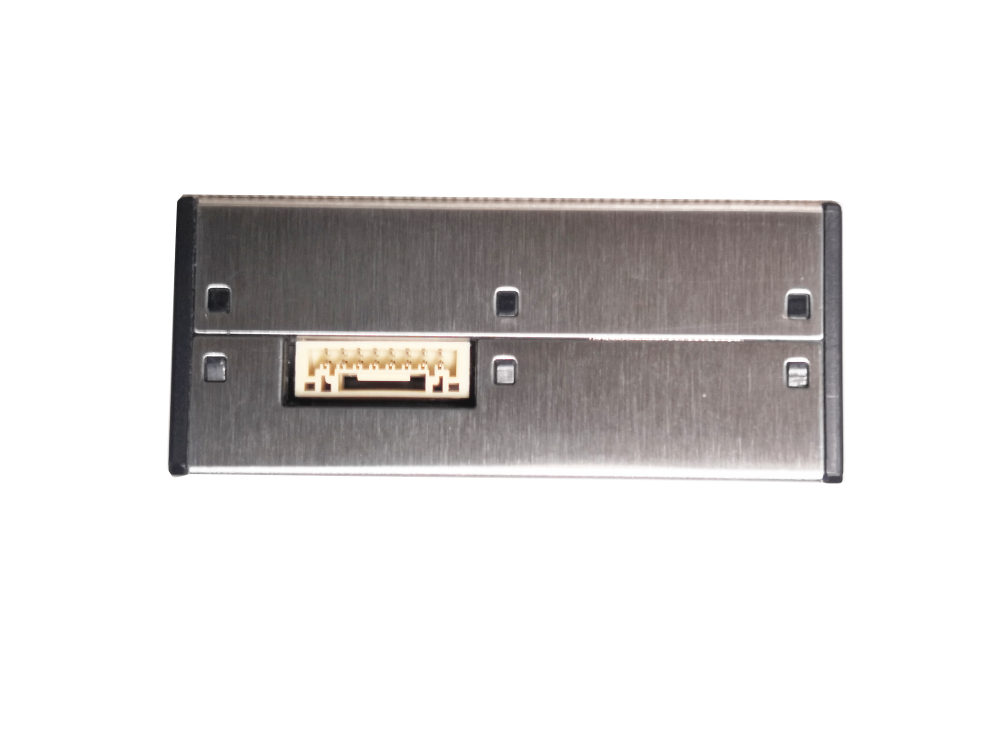
 Design with ScioSense APC1 in Cirkit Designer
Design with ScioSense APC1 in Cirkit DesignerIntroduction
The ScioSense APC1 is an advanced air quality sensor designed to monitor various pollutants and environmental parameters. It provides real-time data on air quality, enabling users to make informed decisions regarding health and safety. The APC1 is equipped with high-precision sensing capabilities and is ideal for applications requiring accurate air quality monitoring.
Explore Projects Built with ScioSense APC1
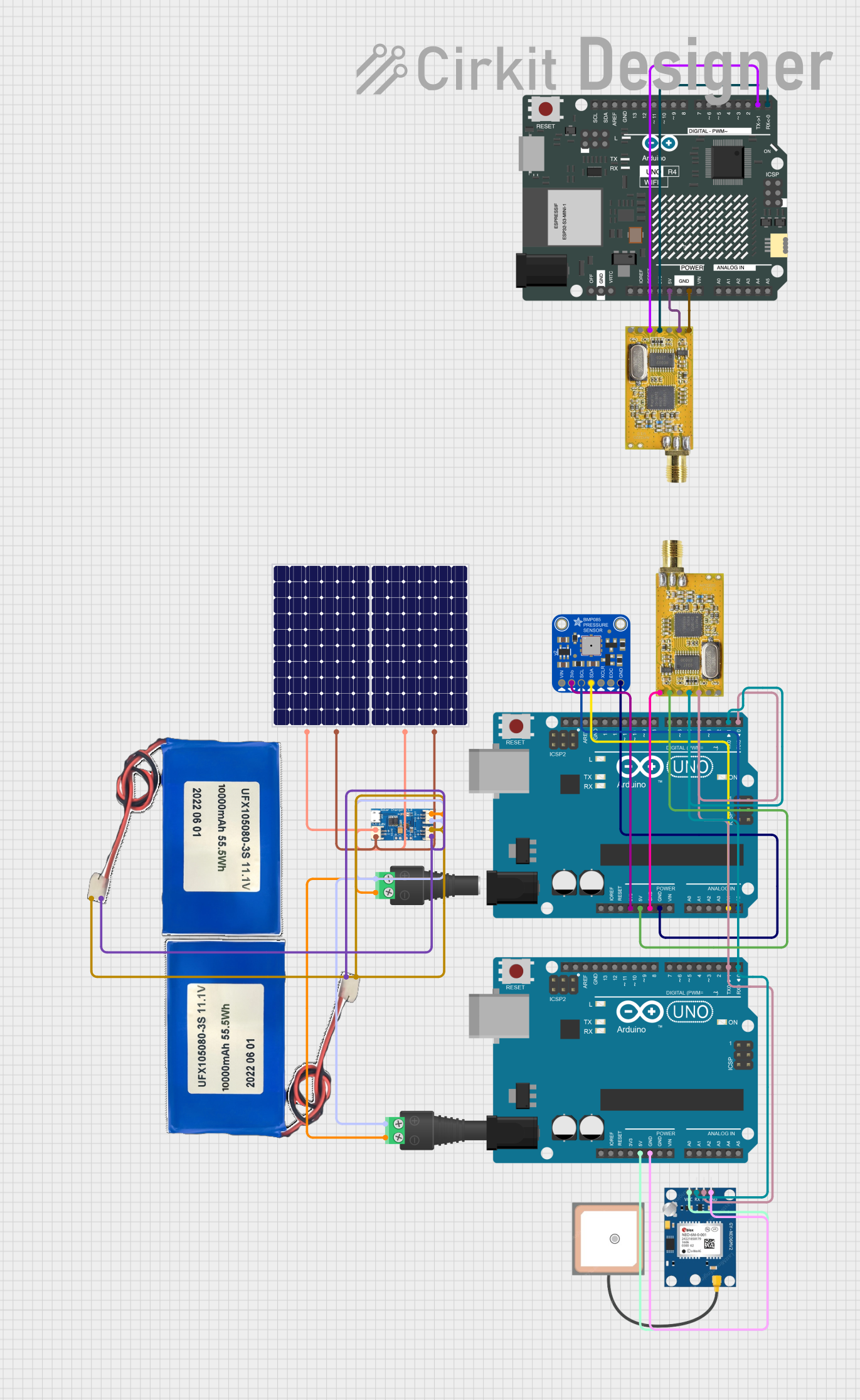
 Open Project in Cirkit Designer
Open Project in Cirkit Designer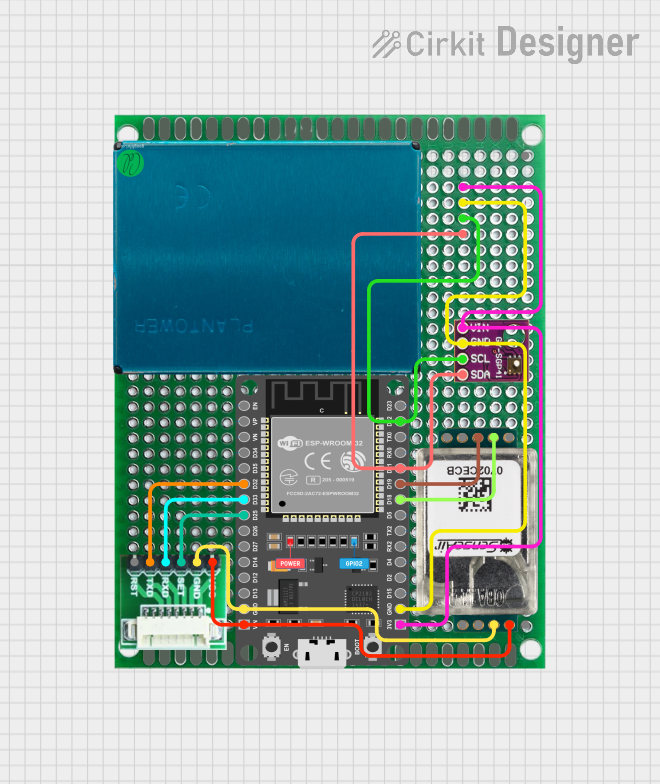
 Open Project in Cirkit Designer
Open Project in Cirkit Designer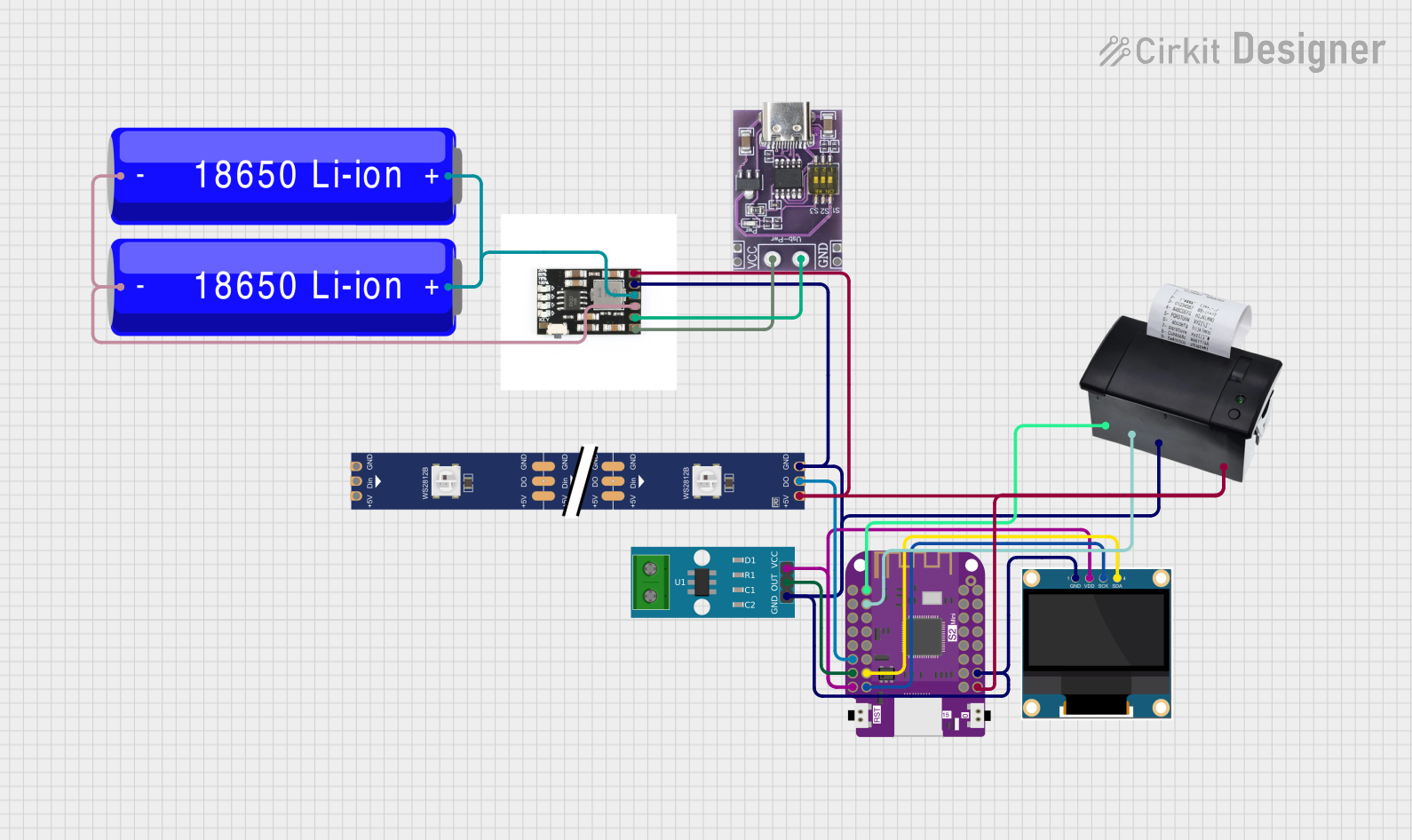
 Open Project in Cirkit Designer
Open Project in Cirkit Designer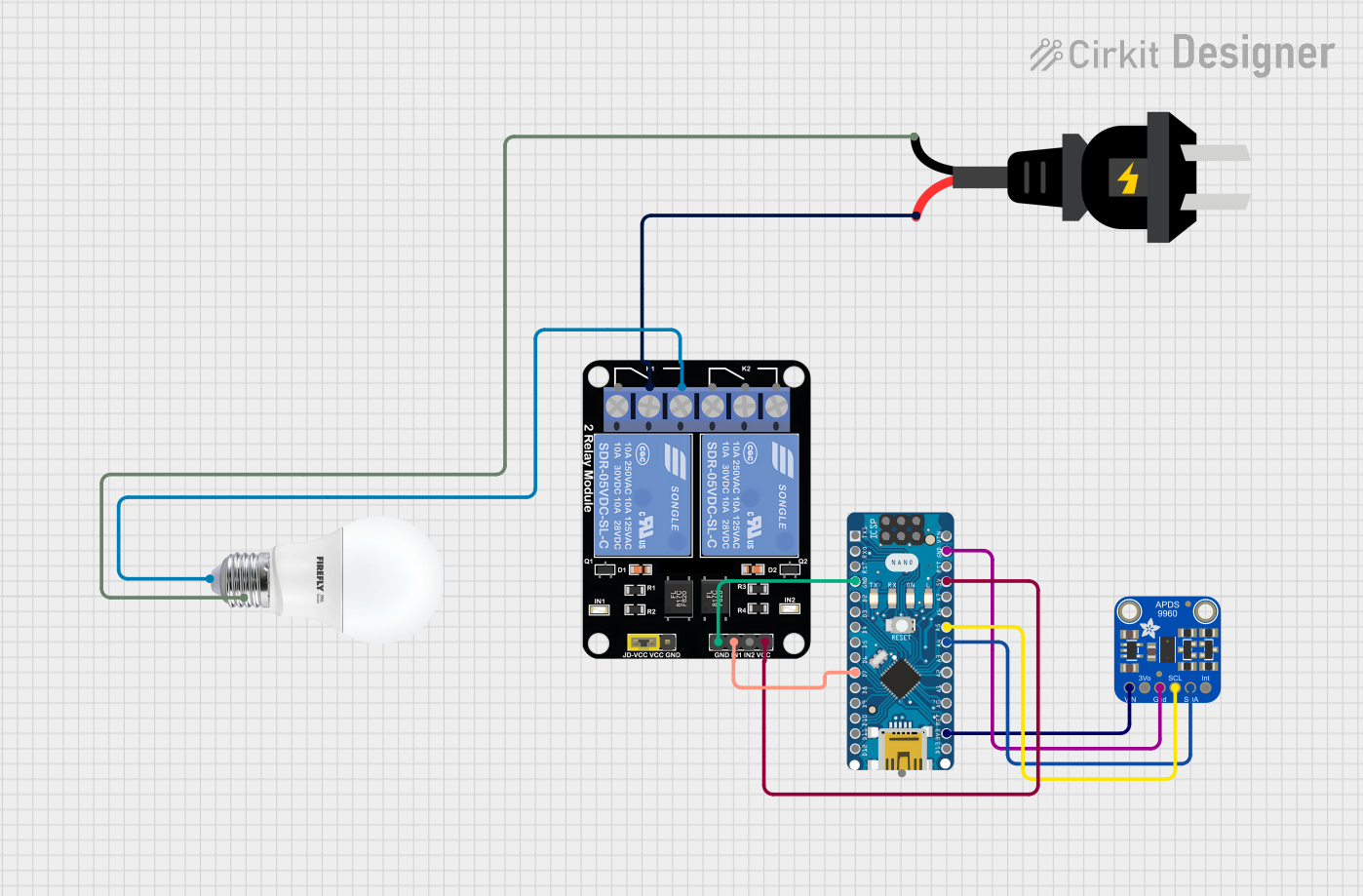
 Open Project in Cirkit Designer
Open Project in Cirkit DesignerExplore Projects Built with ScioSense APC1

 Open Project in Cirkit Designer
Open Project in Cirkit Designer
 Open Project in Cirkit Designer
Open Project in Cirkit Designer
 Open Project in Cirkit Designer
Open Project in Cirkit Designer
 Open Project in Cirkit Designer
Open Project in Cirkit DesignerCommon Applications and Use Cases
- Indoor air quality monitoring in homes, offices, and schools
- Smart home and IoT devices for environmental sensing
- HVAC systems for air quality control
- Industrial air quality monitoring
- Wearable health devices for pollution tracking
Technical Specifications
The ScioSense APC1 is a compact and versatile sensor with the following key specifications:
| Parameter | Value |
|---|---|
| Supply Voltage | 3.3V to 5.0V |
| Operating Current | 10 mA (typical) |
| Communication Interface | I²C |
| Measurement Range | PM1.0, PM2.5, PM10 (µg/m³) |
| Operating Temperature | -10°C to +50°C |
| Humidity Range | 10% to 90% RH (non-condensing) |
| Dimensions | 30mm x 20mm x 10mm |
Pin Configuration and Descriptions
The APC1 sensor has a 6-pin interface for power, communication, and control. The pinout is as follows:
| Pin | Name | Description |
|---|---|---|
| 1 | VCC | Power supply input (3.3V to 5.0V) |
| 2 | GND | Ground connection |
| 3 | SDA | I²C data line |
| 4 | SCL | I²C clock line |
| 5 | INT | Interrupt pin for event signaling (optional) |
| 6 | NC | Not connected (leave unconnected) |
Usage Instructions
How to Use the APC1 in a Circuit
- Power Supply: Connect the VCC pin to a 3.3V or 5.0V power source and the GND pin to ground.
- I²C Communication: Connect the SDA and SCL pins to the corresponding I²C pins on your microcontroller or development board (e.g., Arduino UNO).
- Interrupt Pin (Optional): If you want to use the interrupt feature, connect the INT pin to a GPIO pin on your microcontroller. Otherwise, leave it unconnected.
- Pull-Up Resistors: Ensure that the I²C lines (SDA and SCL) have appropriate pull-up resistors (typically 4.7kΩ).
Important Considerations and Best Practices
- Power Stability: Use a stable power supply to avoid measurement inaccuracies.
- Placement: Place the sensor in an area with good airflow for accurate readings.
- I²C Address: The default I²C address of the APC1 is
0x5A. Ensure no other devices on the I²C bus share this address. - Startup Time: Allow the sensor to stabilize for 30 seconds after power-up before taking measurements.
Example Code for Arduino UNO
Below is an example of how to interface the APC1 with an Arduino UNO using the I²C protocol:
#include <Wire.h>
// Define the I²C address of the APC1 sensor
#define APC1_I2C_ADDRESS 0x5A
void setup() {
Wire.begin(); // Initialize I²C communication
Serial.begin(9600); // Initialize serial communication for debugging
// Wait for the sensor to stabilize
delay(30000); // 30 seconds stabilization time
Serial.println("APC1 Sensor Initialized");
}
void loop() {
Wire.beginTransmission(APC1_I2C_ADDRESS); // Start communication with APC1
Wire.write(0x00); // Command to request data (example command)
Wire.endTransmission();
Wire.requestFrom(APC1_I2C_ADDRESS, 6); // Request 6 bytes of data
if (Wire.available() == 6) {
uint16_t pm1 = Wire.read() << 8 | Wire.read(); // PM1.0 concentration
uint16_t pm25 = Wire.read() << 8 | Wire.read(); // PM2.5 concentration
uint16_t pm10 = Wire.read() << 8 | Wire.read(); // PM10 concentration
// Print the air quality data
Serial.print("PM1.0: ");
Serial.print(pm1);
Serial.print(" µg/m³, PM2.5: ");
Serial.print(pm25);
Serial.print(" µg/m³, PM10: ");
Serial.print(pm10);
Serial.println(" µg/m³");
} else {
Serial.println("Error: No data received from APC1");
}
delay(1000); // Wait 1 second before the next reading
}
Troubleshooting and FAQs
Common Issues and Solutions
No Data Received from the Sensor
- Cause: Incorrect I²C wiring or address mismatch.
- Solution: Verify the SDA and SCL connections and ensure the I²C address matches
0x5A.
Inaccurate Readings
- Cause: Sensor not stabilized or poor placement.
- Solution: Allow the sensor to stabilize for 30 seconds after power-up and ensure proper airflow around the sensor.
I²C Communication Errors
- Cause: Missing pull-up resistors on the I²C lines.
- Solution: Add 4.7kΩ pull-up resistors to the SDA and SCL lines.
Interrupt Pin Not Working
- Cause: Interrupt pin not configured in the microcontroller.
- Solution: Check the microcontroller's GPIO configuration and ensure the INT pin is connected.
FAQs
Can the APC1 operate at 5V?
- Yes, the APC1 supports a supply voltage range of 3.3V to 5.0V.
What pollutants can the APC1 measure?
- The APC1 measures particulate matter concentrations for PM1.0, PM2.5, and PM10.
Is the APC1 suitable for outdoor use?
- The APC1 is designed for indoor use. For outdoor applications, ensure it is protected from extreme conditions and direct exposure to water.
How often should I calibrate the sensor?
- The APC1 is factory-calibrated and does not require regular calibration. However, periodic validation against a reference device is recommended for critical applications.